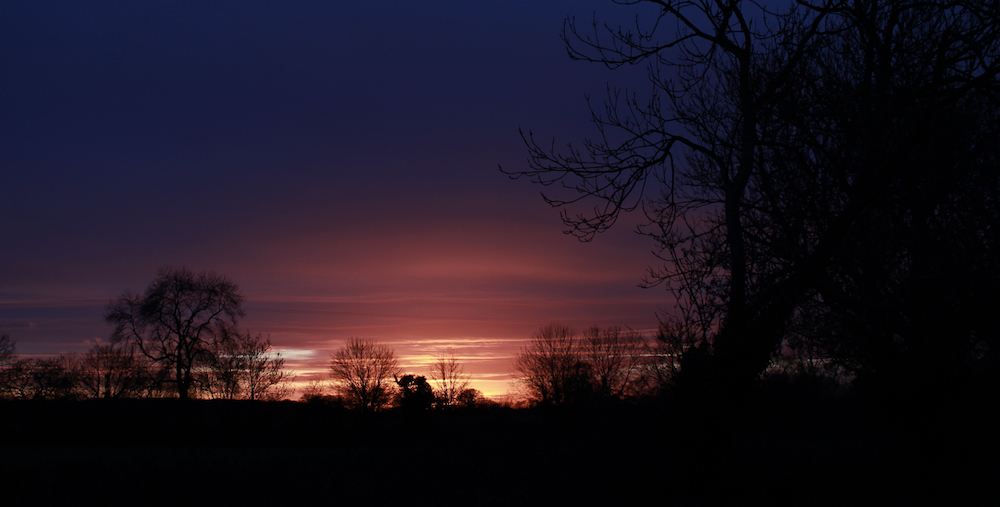This week the hedgehog and the fox venture out into that time of day that the French call between the dog and the wolf, in other words, in the fading light of dusk: the transitional time that is no longer day but not yet night; ‘to some bringing peace, to others care’, as the French poet Baudelaire put it.
Our guide to the twilit world is Peter Davidson. Twilight is a ‘mode of feeling,’ he says, ‘as well as a natural phenomenon’. It’s certainly a mode that greatly appealed to many 19th and 20th century painters and writers: the melancholy of dusk seemed to resonate with their feelings about their era. Think of the lonely figures haunting the gloaming in Atkinson Grimshaw’s paintings. Or the golden sky in The Evening Star by Caspar David Friedrich, which manages to be both beautiful and also unsettling.
 Dusk captured the imagination of a host of writers, too, Tennyson, Hardy, Housman, Walter de la Mare; and think of the pervasive gloom of Dickens’ Bleak House, or recall T.S Eliot’s ‘Preludes’:
Dusk captured the imagination of a host of writers, too, Tennyson, Hardy, Housman, Walter de la Mare; and think of the pervasive gloom of Dickens’ Bleak House, or recall T.S Eliot’s ‘Preludes’:
The winter evening settles down
With smell of steaks in passageways.
Six o’clock.
The burnt-out ends of smoky days.
…
And then the lighting of the lamps.
Peter Davidson is a senior research fellow and archivist at Campion Hall in Oxford. His background is both Scottish and Anglo-Spanish and his interests are wide-ranging, embracing landscape, literature, art and architecture. As you’ll hear, his most recent book, The Last of the Light: About Twilight, in a sense grew out of his previous one, The Idea of North. ‘The twilight is the particular obsession of the north of Europe,’ he writes. More personally, he says: ‘Some lives are defined by mornings, some by evenings – mine unequivocally the latter.’ When we met, appropriately enough in the gathering dusk of an Oxford autumn evening, I began by asking him to tell me more.
